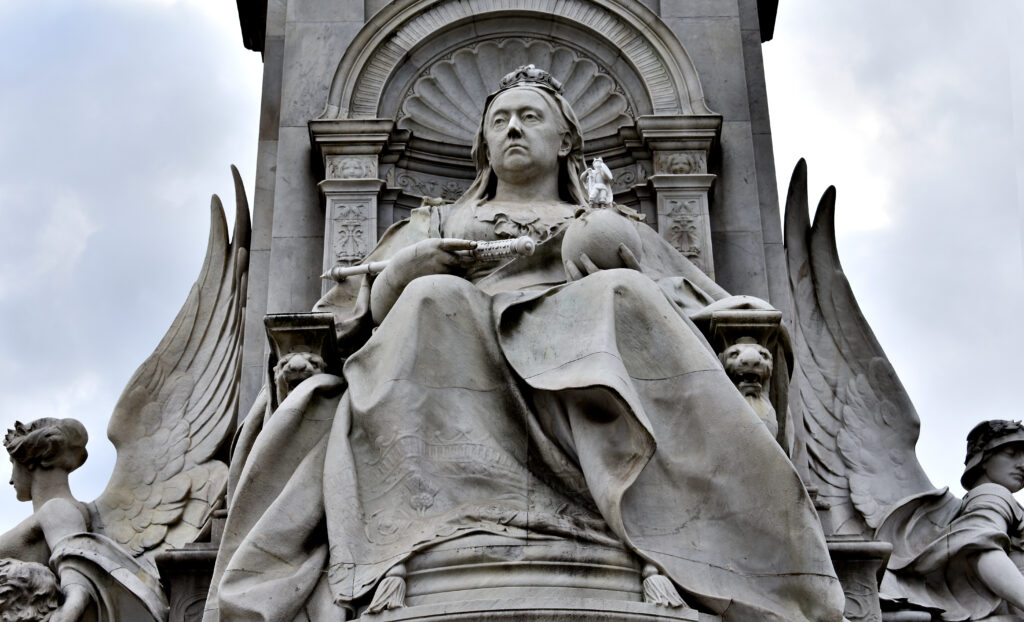Queen Victoria profoundly shaped the era named after her by steering an empire that was the most powerful and expansive in the world. Her reign saw unparalleled industrial, cultural, political, and military changes that marked the 19th century. The Victorian era can be characterised by significant social reforms, advancements in technology, and Britain’s influence on global affairs.
Victoria’s long reign provided stability and continuity, a stark contrast to some of the turbulent periods preceding her time. Her decisions and the era’s ethos fostered a spirit of innovation and progress, resulting in numerous scientific discoveries and literature that still impact society today. During her rule, Britain experienced substantial urbanisation, reflecting the broader socio-economic transformations of the era.
Moreover, the Victorian age was marked by a strict moral code and an emphasis on domesticity and family values. This period also saw the expansion of the British colonial empire, which extended its reach across various continents, embedding British cultural and political influences worldwide. Her influence created a legacy that defined the socio-economic and political landscape of her time.
Influence on British Politics and Society

Queen Victoria’s reign significantly impacted British politics and society. It was characterised by the extensive expansion of the British Empire, significant social reforms, and notable technological advancements.
Expansion of the British Empire
During Queen Victoria’s era, the British Empire expanded its reach significantly. The empire grew to encompass territories in Africa, Asia, Australia, and the Americas. This period saw the acquisition of India, making it the “jewel in the crown” of the British Empire.
Economic benefits from these colonies enriched the British economy, leading to an industrial boom. The expansion also contributed to a sense of national pride and superiority among the British people, embedding imperialist attitudes within society.
Social Reforms and the Victorian Morality
The Victorian era was marked by numerous social reforms aimed at improving the lives of the underprivileged. Key reforms included the Factory Acts, which improved working conditions, and education reforms that made schooling more accessible.
Victorian morality also influenced societal norms, stressing values such as duty, temperance, and hard work. These moral standards permeated British society and politics, guiding public behaviour and influencing laws and policies.
Innovations and Technological Advancements
Technological advancements flourished under Queen Victoria’s reign. The Industrial Revolution brought about innovations such as the steam engine, the telegraph, and the railway system. These advancements revolutionised transportation and communication, shrinking distances and making travel and trade more efficient.
Public health saw improvements as well, with innovations in sanitation and medical practices. These technological strides not only boosted the economy but also improved the quality of life for many British citizens.
Cultural and Artistic Impact
Queen Victoria’s reign saw significant influence in literature, architecture, design, and the evolution of fashion and etiquette. Her era, marked by a distinctive style, left a lasting legacy in these fields.
Literature and the Victorian Novel
The Victorian era produced some of the most enduring works of English literature. Authors such as Charles Dickens, Emily Brontë, and Thomas Hardy were central figures. Their novels tackled social issues, inequality, and industrialisation while developing complex characters and intricate plots.
The period saw a rise in serialized fiction, allowing writers to reach wider audiences. Themes of morality, realism, and a keen interest in human nature were prevalent. Sensationalism and gothic elements also found a place, contributing to the rich diversity of Victorian literature.
Victorian Architecture and Design
Victorian architecture is characterised by grandiose and ornate designs, influenced by Gothic Revival, Italianate, and Queen Anne styles. Buildings often featured intricate details, extensive use of iron and glass, and an eclectic mix of historical styles.
Notable examples include the Houses of Parliament and the Royal Albert Hall. Interior design followed suit, with richly decorated rooms, heavy draperies, and elaborate wallpaper patterns becoming staples of the time.
Evolution of Fashion and Etiquette
Fashion during the Victorian era was marked by modesty, elaborate garments, and a strict social code. Women’s fashion included corsets, crinolines, and bustles, evolving through the decades to reflect changing tastes and social norms. Men’s fashion followed a more conservative and structured form, with frock coats and top hats being common.
Etiquette became an essential aspect of social life, dictating behaviour in various settings. Manuals on manners and proper conduct were widely circulated, reinforcing the values and expectations of Victorian society. This emphasis on decorum and style helped shape not just clothing, but also social interactions and daily life.
